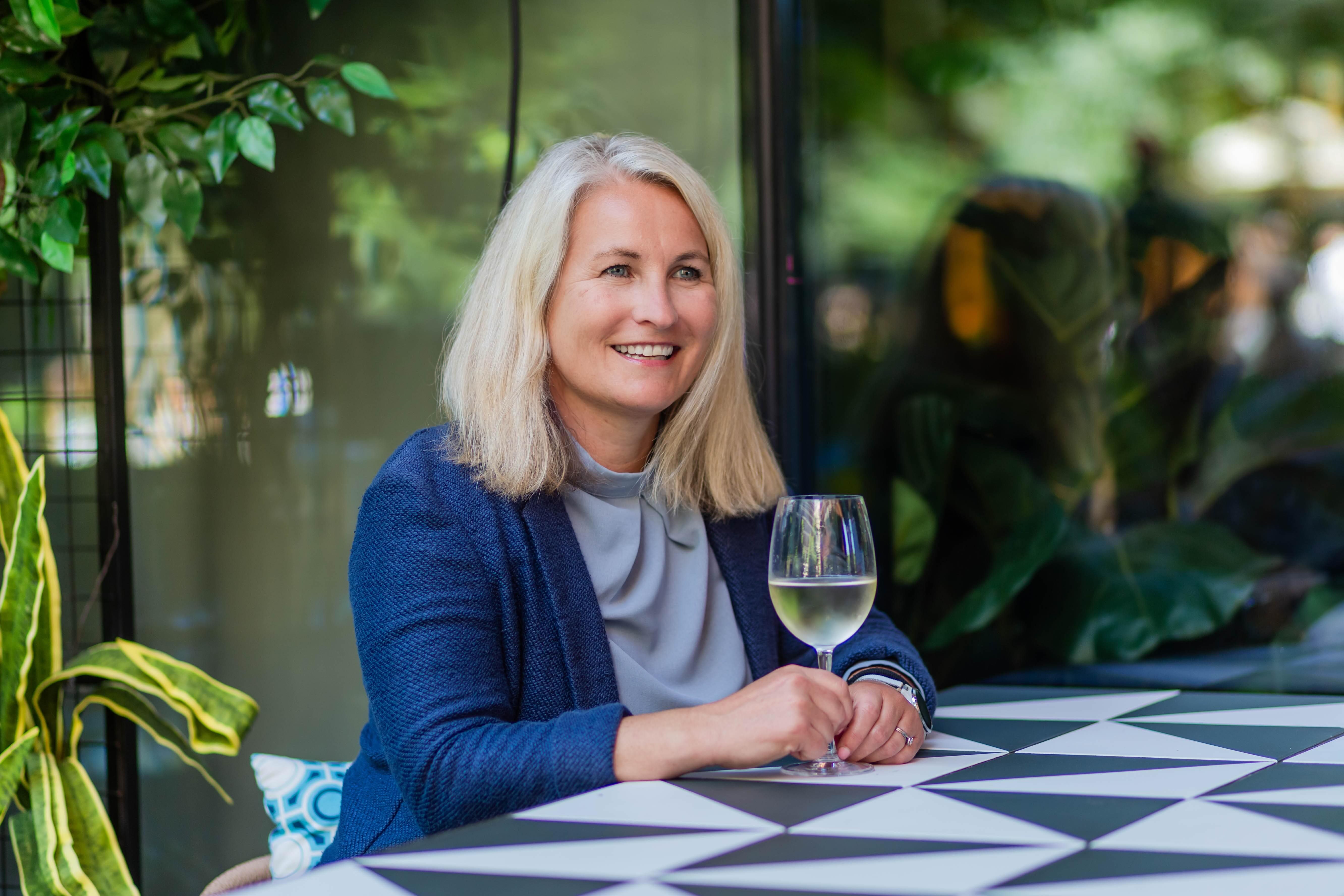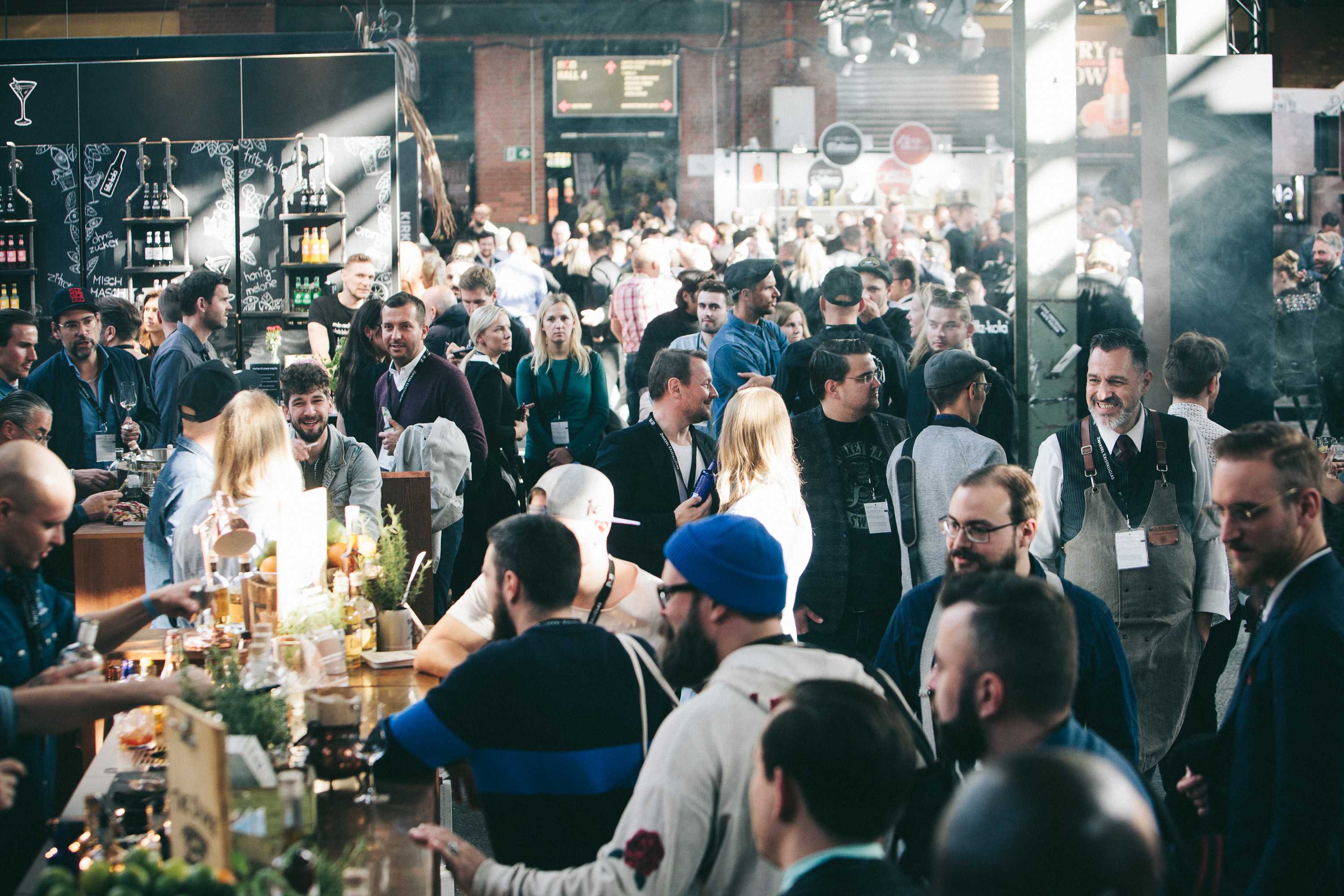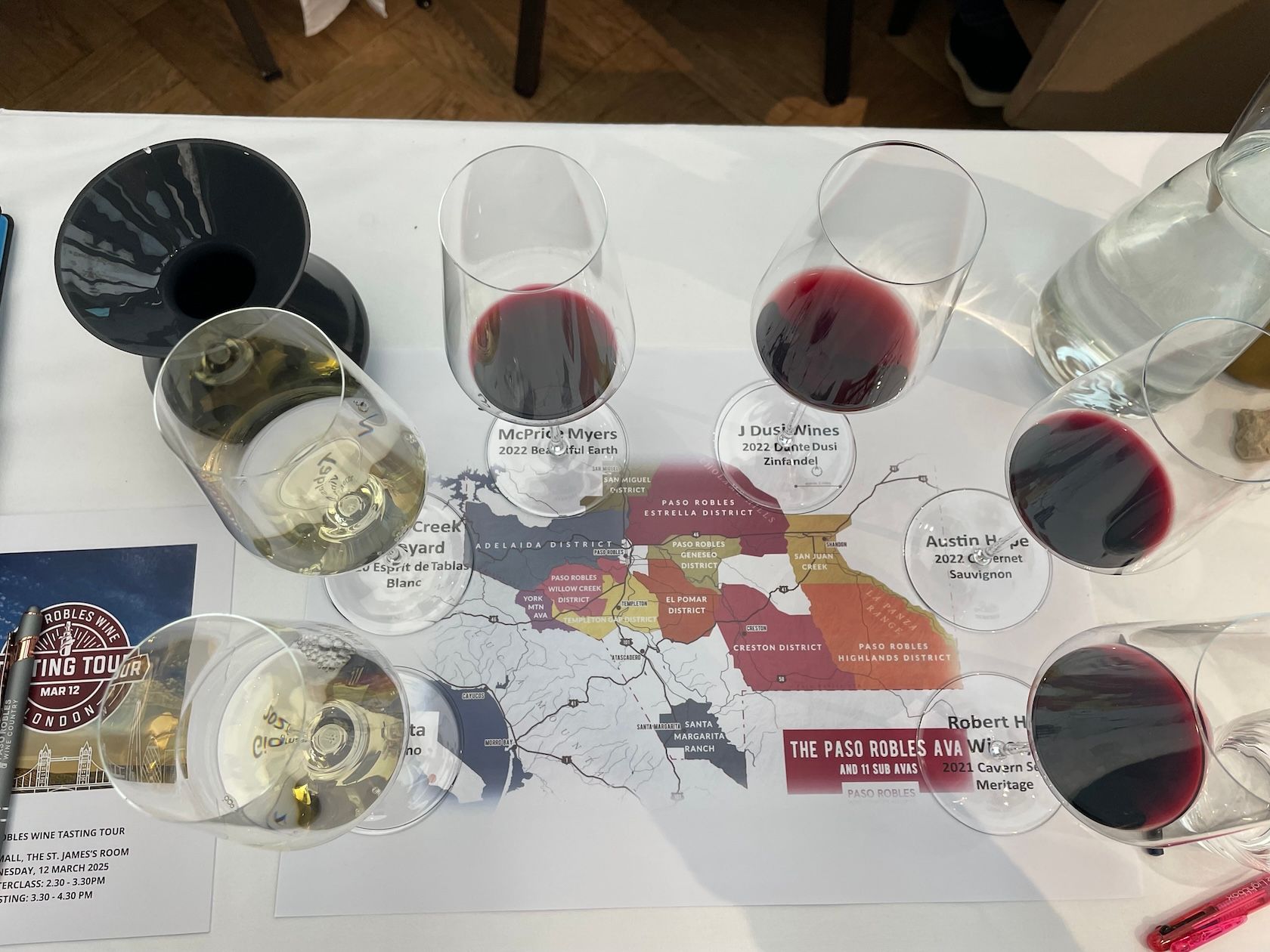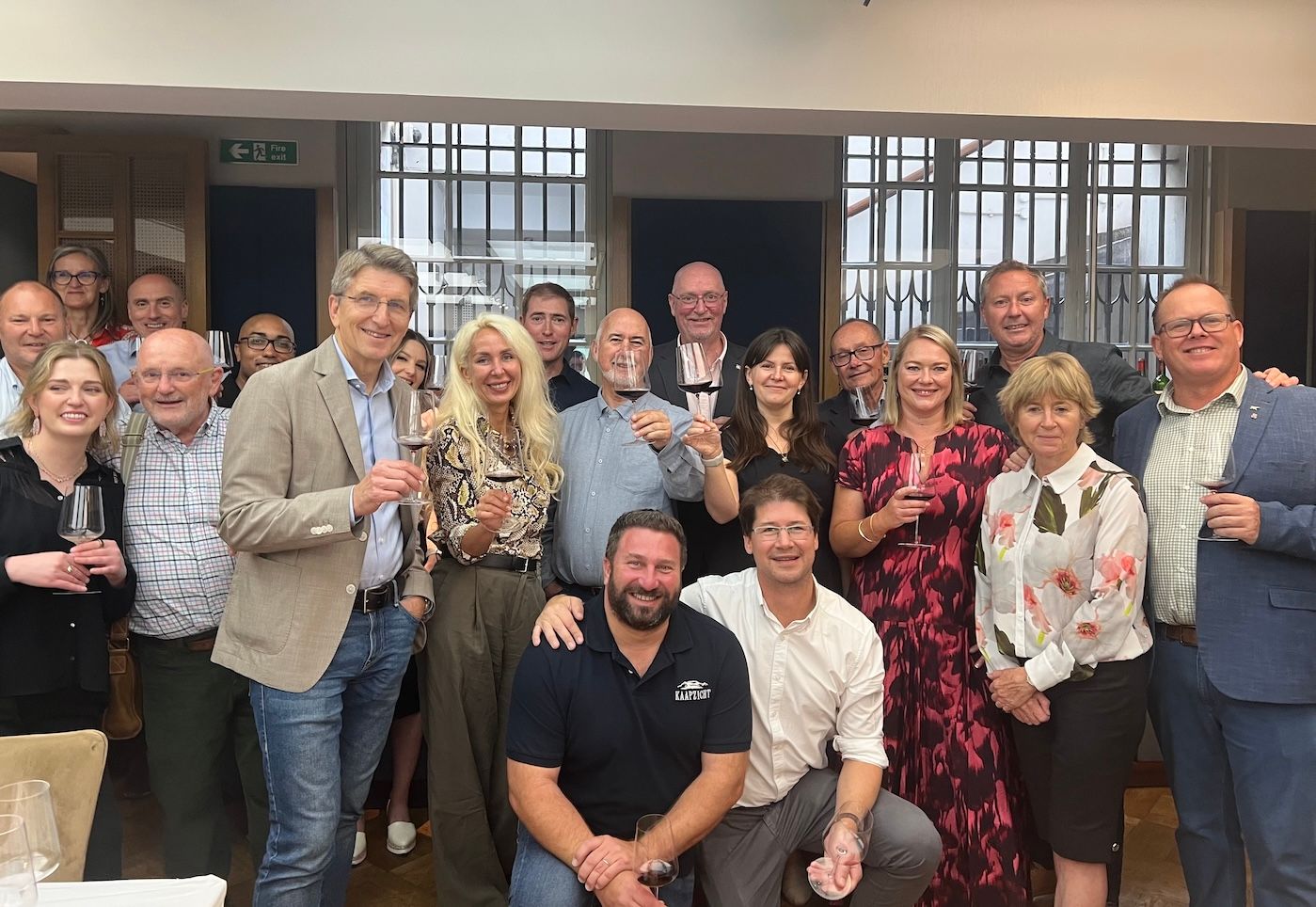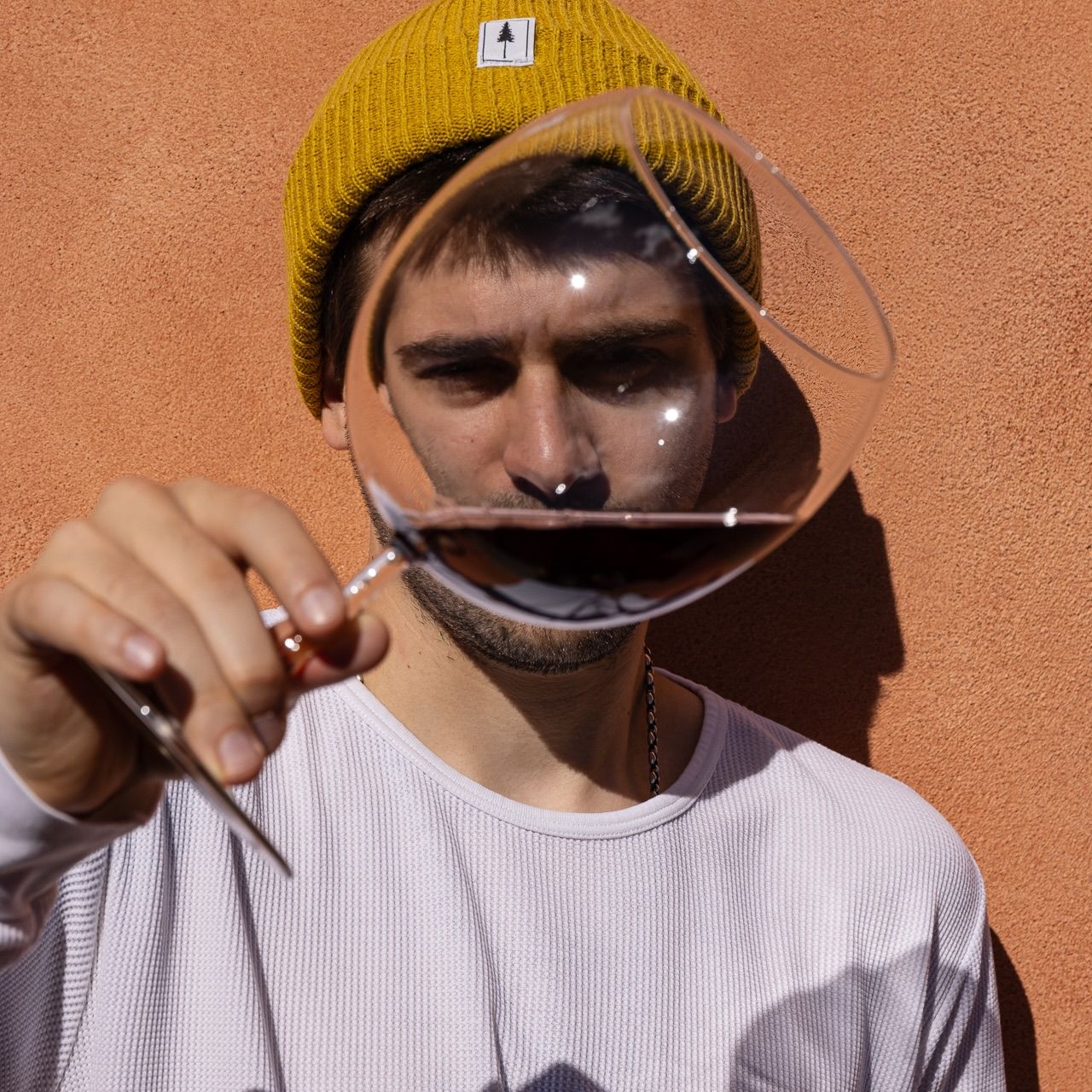Developing and working with the winemaking techniques and viticultural practises are what is going to help keep the South African powerhouse that is KWV at the top of its game, says chief winemaker Wim Truter.
As operators in the wine trade, I think we can all agree that there is no shortage of quality, forward thinking and exciting wine from South Africa, from a plethora of niche, zany producers.
A bright future indeed. By all accounts Cape Wine in September was a huge success, and demonstrated top quality wine across all price points. As The Buyer’s Richard Siddle said where else could you pull in wine buyers, journalists and critics from all over the world just to try ONE country’s wines? They might be hundreds or thousands of miles away from the rest of the wine making community, but South Africa is showing no sign of being left behind, quite the opposite, in fact.
With so much excitement and innovation at the helm, it might be easy to get a little carried away with what lies ahead. I was recently given the opportunity to take a look back at the last century for a movement, and a nation that for so many, bridges the gap between the New and Old wine worlds.
As a producer, distributor and marketer of South African wine and spirits, KWV have long waved the vinous flag for the country. From the early days of their inception in 1918, they have helped to bring stability in times of uncertainty following World Wars I and II; also becoming leaders in wine education domestically, implementing wine and food appreciation and courses.
As we slid down into the cellars at High Timber in central London it was time to celebrate KWV’s 100th birthday, and get a feel for where a company with such a New World heritage, see themselves going forwards, hosted by winemaker, Wim Truter.
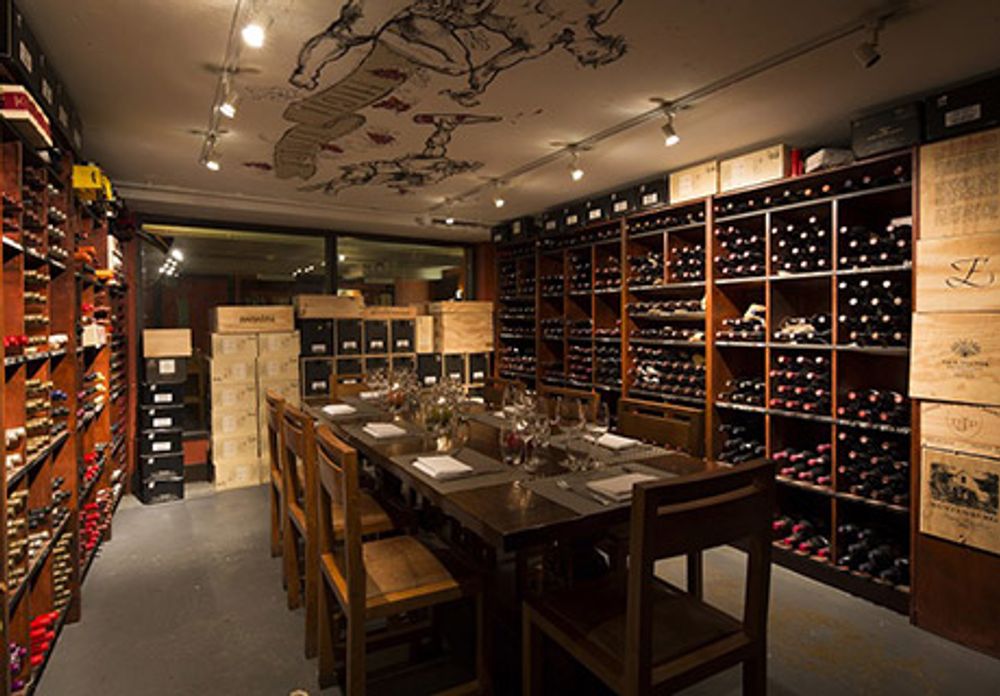
London’s most dedicated restaurant to South Africa – High Timber – and an appropriate setting for the KWV 100 year anniversary dinner
An unconventional circle of life
Wim Truter’s Earth Essence range provides the most intrigue for me. The team utilises indigenous Rooibos tea and honey bush wood and incorporates these into their winemaking process for this range. “We use tannin extract from the honey bush. This is rich in anti-oxidants and allows us to produce this range without using sulfur dioxide,” he explains.
Outside of receival and initial crushing, Wim also uses this S02 substitute when racking, cold stabalising his Chenin Blanc and bottling.
As for the Rooibos, when plants become too old for tea production (around six years old), they are uprooted, dried in the sun, ground into infusion bags and submerged into juice during the fermentation (and in the case for the Shiraz, malo-lactic)- staves you say?! What staves!
And so to the first two wines we tasted on the evening:
KWV Earth’s Essence, 2018, Chenin Blanc
Swartland fruit. A stemmy, green, slightly under-ripe nose that delivers- surprisingly- a touch of bergamot, tea on the nose. A light, approachable white with a good focus; pithy along the center of the palate with a playful, bruised apple funk. A fabulous food match with my Rooibos tea smoked salmon starter – I hope they meant that!
KWV Earth’s Essence, 2018, Shiraz
Also from the Swartland. A touch of spice lines up alongside a ripe and juicy mouth feel. The wine in generous and delivers on both quality and the fun factor. “A great pizza wine,” says Truter.
I found the Shiraz to be a little more harmonious than the Chenin Blanc.
Thinking this might have something to do with the tannin, antioxidant addition; I questioned Truter for more information on this. Here’s his explanation: “The polymerization of tannins in the Shiraz binds better with the extract that we use. It’s quite ironic that to activate this process we actually have to do our pump-overs with a healthy dose of oxygen, as that actually provides the catalyst for binding and polymerizes the tannins. So essentially we are oxidizing to achieve anti-oxidation”.
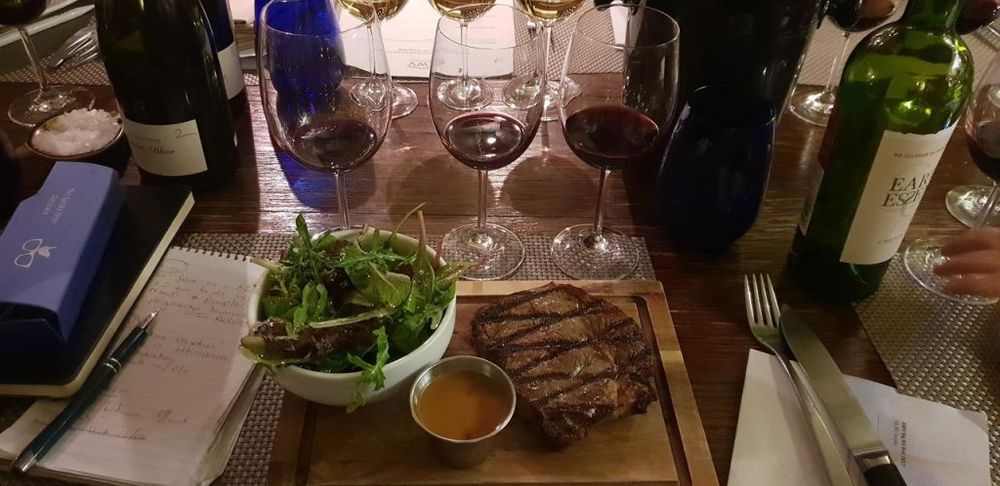
KWV’s 100 year dinner was a chance to pair some of its landmark wines with what food it works best with
Other stand-out wines from the night:
KWV The Mentors, 2016 Petit Verdot
KWV are dubbing the Bordeaux powerhouse varietal as one of the future varieties for South Africa. I have only ever tried a 100% Petit Verdot a couple of times before, notably from Argentina. This is a different animal, however. Yes, its Petit Verdot, so by virtue a bit of a bruiser, especially on its own.
This wine has great balance. Oozzing bitter, dark chocolate with a lean and green austerity. That same leafy green I would expect from a Cabernet. “The mid-palate concentration is outstanding from Verdot,” says Truter.
KWV The Mentors 2014, Chenin Blanc
My kind of Chenin. White flower, honeycomb and evolving nicely with notes of dried apricot, vanilla and baking spice. Rich, gastronomic, well rounded and layered with grip but not overdone.
Creative opportunity knocks for bulk South Africa
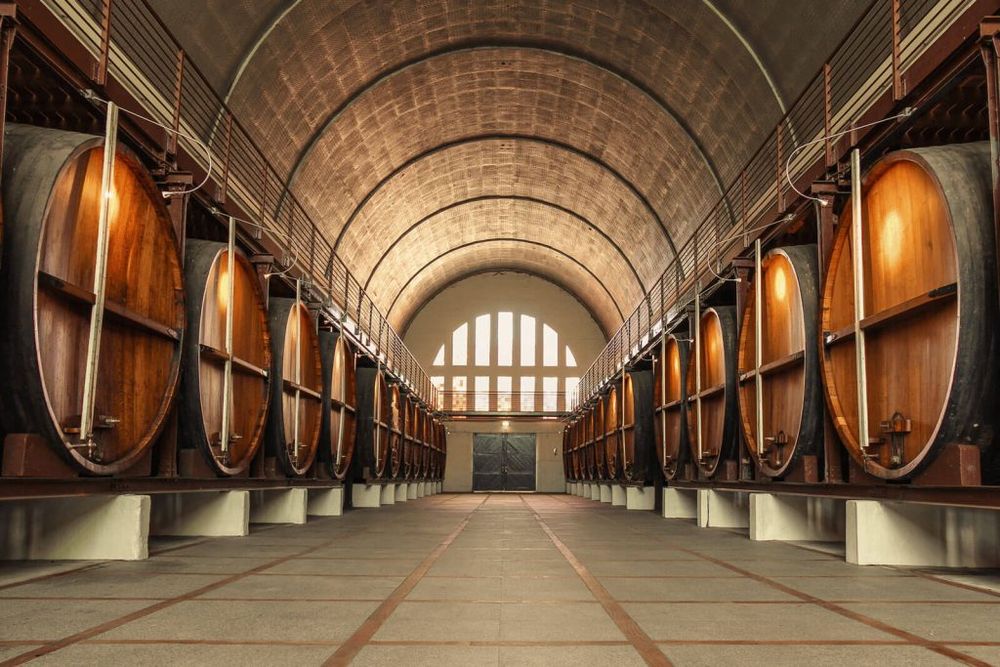
KWV has both the heritage and the strength in the industry to help set South Africa’s future trends
It’s safe to assume that South Africa is in a good, winey place, and should be for some time. Wim is well aware of the success and traction that the ‘quality’ end of the spectrum is delivering to a well educated, primed UK drinking market. For himself and KWV, whilst they service the ‘quality’ market, he feels that there is still a little more work to be done in other areas.
“Your niche winemakers are doing a great job for the mature market, which suits the UK extremely well, what we are keen to do here at KWV, is nail South African wine with the average consumer,” he explains.
A fair point. I am as guilty as the next person for getting carried away with the premium wine offering from South Africa – who wouldn’t be?
But, how much work really needs to be done at the lower, dare I say bulk end of the spectrum? Is good price vs. quality juice enough? Don’t we already have that from more or less every other New World country (and half the Old World ones too, for that matter)?
Regardless, this is a sector that Truter and KWV is keen to focus on.
Point of difference
And, if you’re gonna’ do it, get off the bandwagon and do with a point of difference. Honey bush tannin extract and Rooibos infusion to mitigate S02… a good place to start I reckon. Maybe this sort of innovation and creativity at the ‘entry level’ is what’s needed to stand out.
An interesting case study I have been looking into for some of my consultancy work has led me to consolidate my stance on the fact that Fairtrade, organic and biodynamic wine is, well, fashionable.
Consumers scapegoat sulphites. They argue that they cause that terrible, post-wine-sesh headache; it couldn’t possibly be dehydration, could it? Personally I’ve become tired of telling people that they should probably chug a pint of water before bed and they will feel a-OK.
Emotional triggers caused from sustainably produced wine are key to up-selling and category growth; taking sulphur dioxide out of the equation for sure ticks one of those poignant boxes.
These days we are living through the clean movement. Greater calls for accountability, traceability, transparency and lower ABV (particularly in the bar scene – hello Seedlip!) are paving the way for the organic and low/no sulphur wines to become the engine of the on-trade. I’m pretty sure you can even trace your Big Mac back to the cow that it comes from these days.
Simply put, organic brings added value, financially and emotionally. Consumer affinity to Fairtrade and sustainable wine practices can be converted into sales for the same reasons, particularly in the casual dining arena, and it’s this sector that I can see Wim Truter’s Earth’s Essence wines being most successful.


